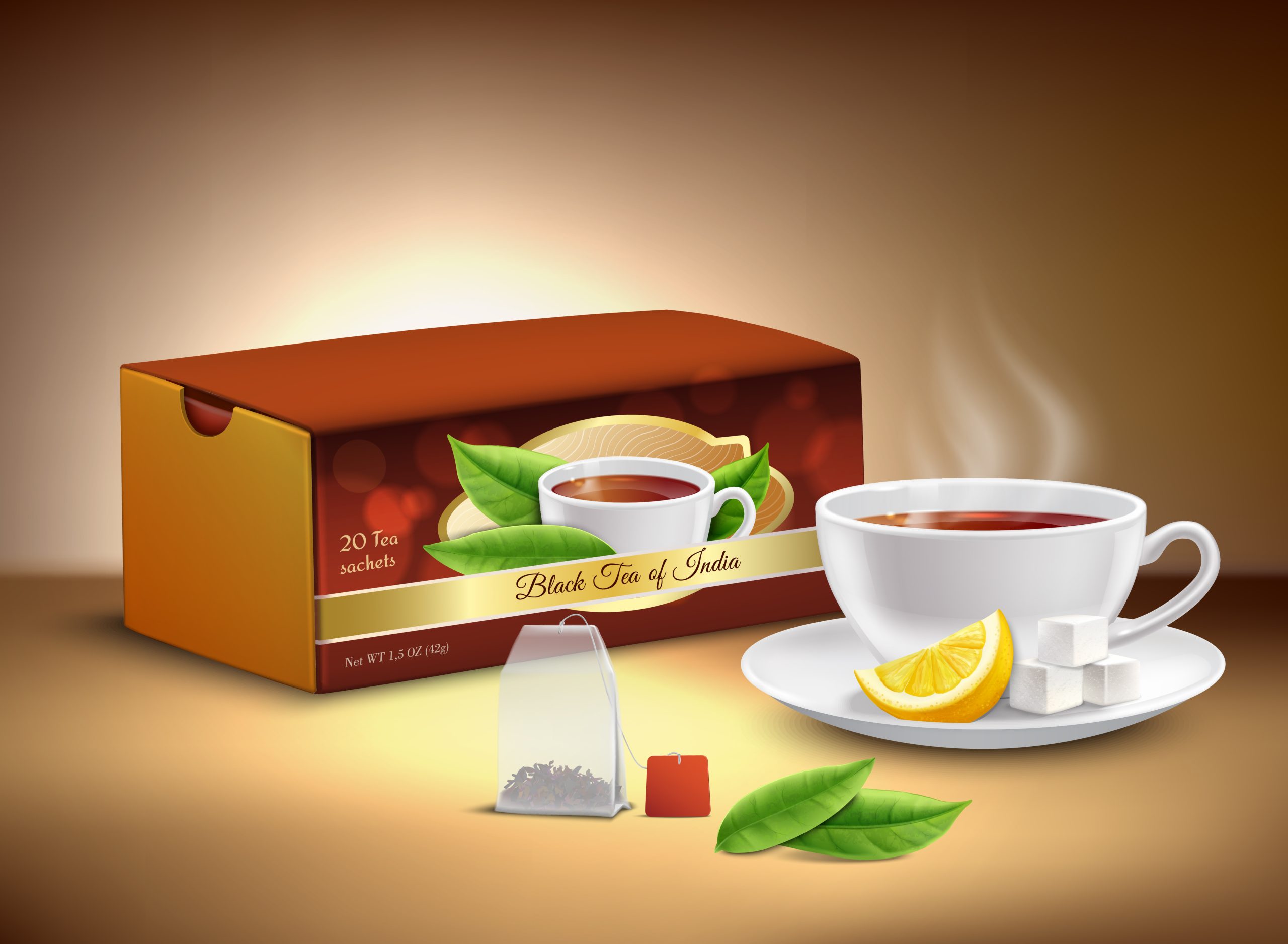
by The Teashop
- Green Tea
Because of the cultural significance of tea as a product and the historic tradition of consumption, it provides people all around the world with more than a drink: the consumptive ritual. Whether it is a green tea to de-stress oneself, a black tea for kick-starting the day, or even every other exotic herbal mix available today, packaging forms a major aspect of this booming specialty tea market.
However, in addition to the visual appeal, it is important that your tea packaging complies with the FDA, as it is a sure way to remain legal, safe to consumers, and successful for your business.
As the best tea brand in India, let’s take a closer look at the FDA tea packaging rules and how your brand can stay on top of them without losing sight of consumer connection opportunities.
Understanding the Basics: What Does the FDA Regulate?
Currently, the Food and Drug Administration (FDA) is responsible for the supervision of food articles and food products that include tea. Since the tea is going to be classified as a food product, then the companies dealing with tea brands have to adhere to the FDA’s guidelines on the safety of the food products to be sold in the market and the kind of information that is given to the buyers.
Here’s a breakdown of what the FDA requires for tea packaging:
1. Labeling Regulations: Accuracy and Transparency
In particular, the FDA has particular requirements as to what should be printed on tea containers. Ultimately, the main intent of this type of operation is to provide information to the buyer to allow him to determine what he is paying for.
- Product Name: The front label must state what type of tea it is, whether it is green tea, black tea, herbal tea, or blended tea.
- Ingredient List: By weight, from greatest to least, every ingredient in your tea must be itemized in the list. These must also be noted if your tea has been flavored; this could be natural or artificial flavors.
- Allergen Disclosure: If your tea has generally known allergens such as nuts, milk, or soy that are occasionally used in flavoring, this should be stated on the packet.
- Net Quantity of Contents: The weight of tea could be telling; that is, the weight of the tea has to be declared, and it mostly can be declared in ounces and grams, also excluding the weight of the packing material.
2. Claims and Descriptions: Stick to the Facts
Health claims are one of the most riveting subjects of packaging throughout the entire tea industry. Tea brands should also avoid cases whereby they display a particular health benefit and then produce it in a way that any consumer can access it while it is very difficult.
- Health Claims: As much as tea is filled with antioxidants and the promise of other forms of health benefits, the FDA defines how those in the related claims. Terms such as heart health, immunity, digestion, bones and joints, vision, sleep, etc. must be backed by research.
3. Packaging Materials: Safety First
The FDA acts more gravitated toward the safety of those materials that are used in the packaging of foods since substances that make contact with foods are safe for ingestion. This is well illustrated in tea marketing, where the packaging must preserve the quality of the tea but at the same time cannot introduce contaminants.
- Food-Safe Materials: The packaging material for tea must be of a sort that qualifies for approval as food-grade by the FDA. This ranges from the bag that contains the tea to the packing of the tea bag. This should mean that brands should not use any material that could contaminate the tea with toxic chemicals.
- Creative and Compliant: A very important point would be how to allow the regulations to complement the branding.
It is noteworthy to mention that while having to meet the FDA guidelines, it isn’t your creativity’s death knell. This does not mean you can’t come up with attractive packaging that is friendly to the consumer and stands for your brand.
CONCLUSION
It may appear quite complicated to deal with the FDA regulations concerning tea packaging, although every tea business person needs to cover these requirements to be successful in the market. When engaging in packaging design, it is important to note that you can balance between packaging specifications by law and packaging that will attract the eye of the consumer and win his confidence in your company’s product over time.
With the market for tea expanding in the future, it is only essential to be updated with the FDA guidelines to ensure your brand will remain secure and adored by tea consumers across the world.
Buy the most premium tea blends from the FDA-approved tea brand in India, The Tea Shop, today!
